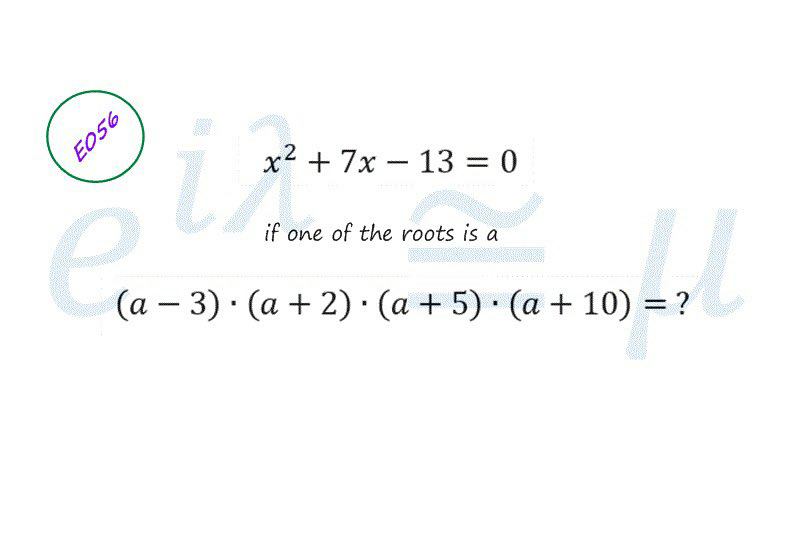
OthersQuestion and Answers: Page 67
Question Number 96667 Answers: 2 Comments: 0
Question Number 96358 Answers: 0 Comments: 0

Question Number 96290 Answers: 0 Comments: 1
Question Number 96108 Answers: 0 Comments: 0
$${are}\:{the}\:{system}\:\left({z},+,\leqslant\right){is}\:{orderd}\:{integral}\:{domain}\:? \\ $$
Question Number 96052 Answers: 1 Comments: 0

Question Number 96041 Answers: 1 Comments: 0
Question Number 96008 Answers: 0 Comments: 1
Question Number 96007 Answers: 0 Comments: 1
Question Number 96026 Answers: 0 Comments: 1
$$\mathrm{sin}\:\frac{\mathrm{p}}{\mathrm{x}}=\mathrm{1} \\ $$
Question Number 95670 Answers: 0 Comments: 0

Question Number 95604 Answers: 1 Comments: 3

Question Number 95473 Answers: 1 Comments: 0

Question Number 95420 Answers: 0 Comments: 7
Question Number 95259 Answers: 1 Comments: 1
Question Number 95121 Answers: 1 Comments: 1

Question Number 95020 Answers: 1 Comments: 1

Question Number 94914 Answers: 1 Comments: 0

Question Number 94820 Answers: 1 Comments: 0
Question Number 94782 Answers: 1 Comments: 0
Question Number 94769 Answers: 2 Comments: 0

Question Number 94739 Answers: 2 Comments: 2

Question Number 94455 Answers: 1 Comments: 3
Question Number 94419 Answers: 0 Comments: 0
Question Number 94360 Answers: 1 Comments: 3

Question Number 94359 Answers: 0 Comments: 1
Question Number 94319 Answers: 0 Comments: 4

